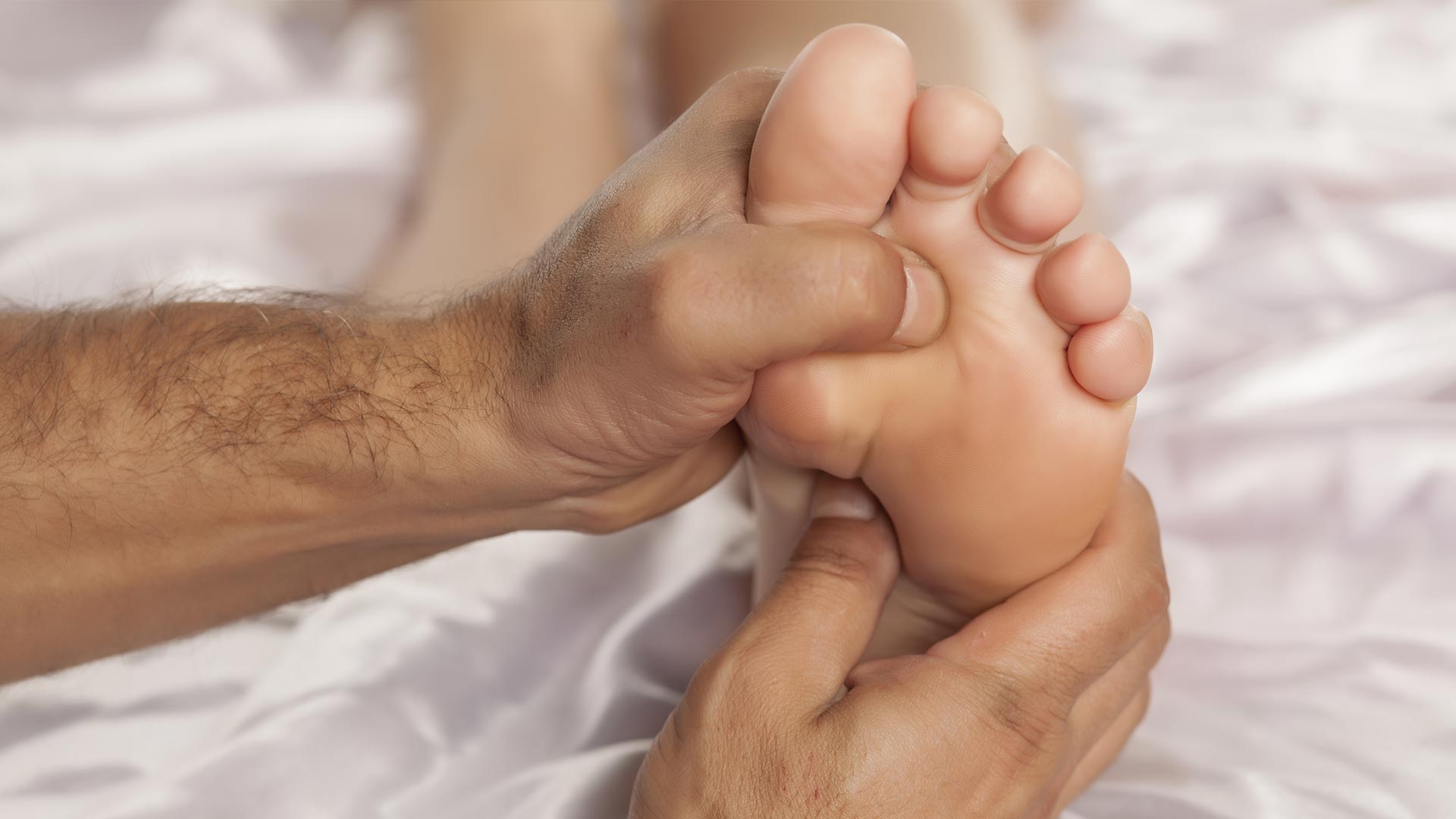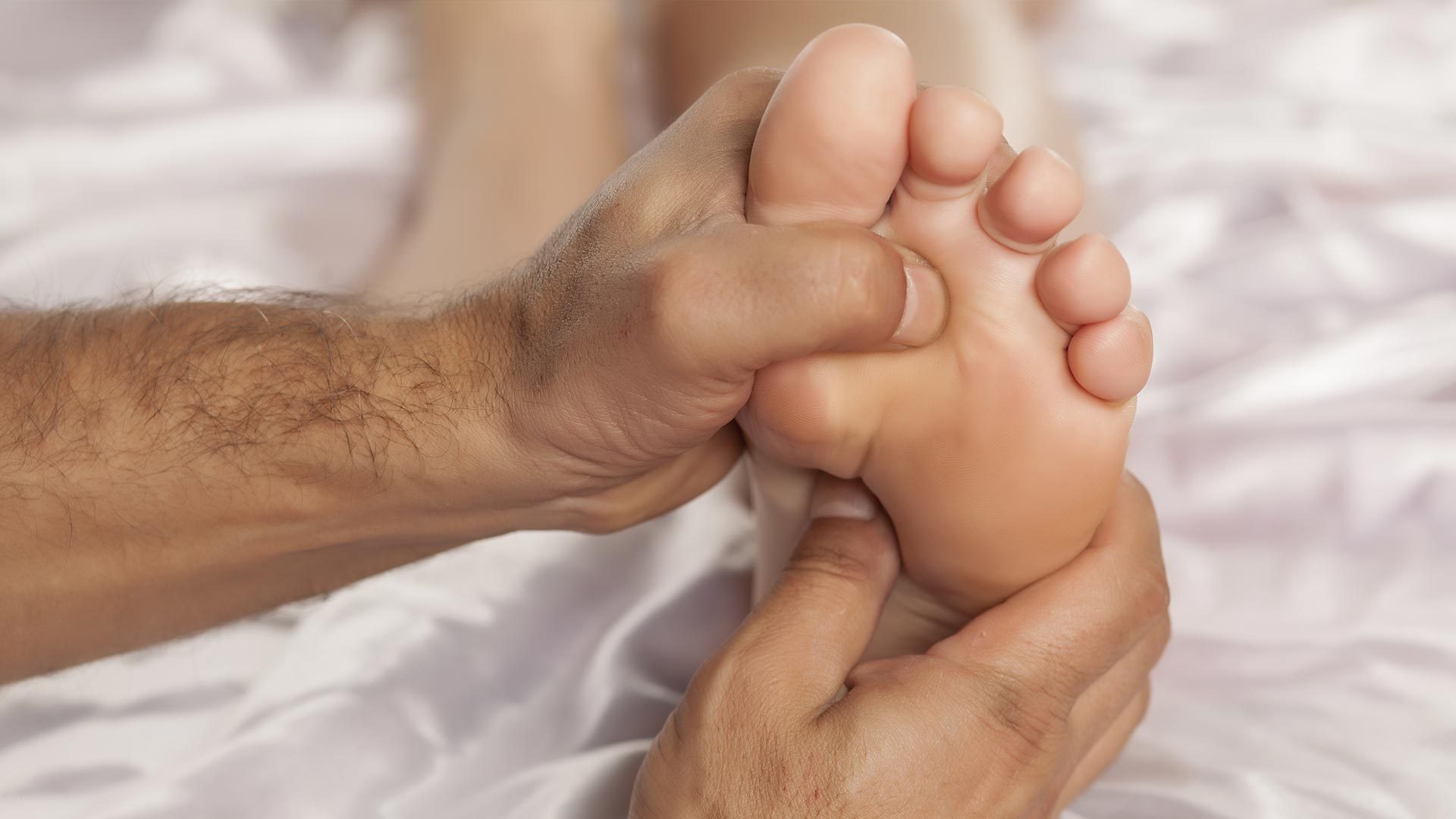EFT Emotional Freedom Technique
What EFT is and how it works

Definition:
Emotional Freedom Techniques or EFT is a relatively new discovery based on ancient healing principals over 5,000 years ago, from the ancient Chinese Shoalin and Taoist monasteries.
The Eastern healing arts of acupuncture, acupressure, shiatsu massage and reflexology, amongst others, were derived from the energy maps established by these early healers.
The EFT process also draws important influence, especially for deep emotional and psychological issues, from the many people who have contributed over the ages to the understanding of human psychology.
TFT was founded by the psychologist Dr Roger Callahan in 1979. Dr Callahan was a trained traditional psychologist who used many traditional techniques to work with his clients. One of Callahan’s stdents simplified the TFT process; Gary Craig developed Emotional Freedom Techniques (EFT). In 1995 he released his own tapping techniques which involved tapping all the meridians in sequence… without concern for the order. He added the reminder phrase, spoken at each tapping point
Recent studies and MRI images have shown actual changes in the brain proving how effective EFT is in making permanent changes in the way we think and feel. EFT is very effective in providing fast pain relief and being rid of tinnitus too.
Description:
Barbara is a qualified EFT practitioner, having trained with Karl Dawson, the creator of Matrix Reimprinting. Karl is one of only 29 EFT Masters worldwide.
EFT can help you with
Our EFT practitioners
Ready to give it a try?
Contact us now for a free and friendly first consultation.



































